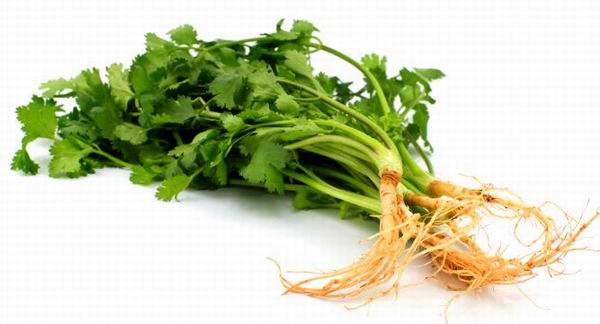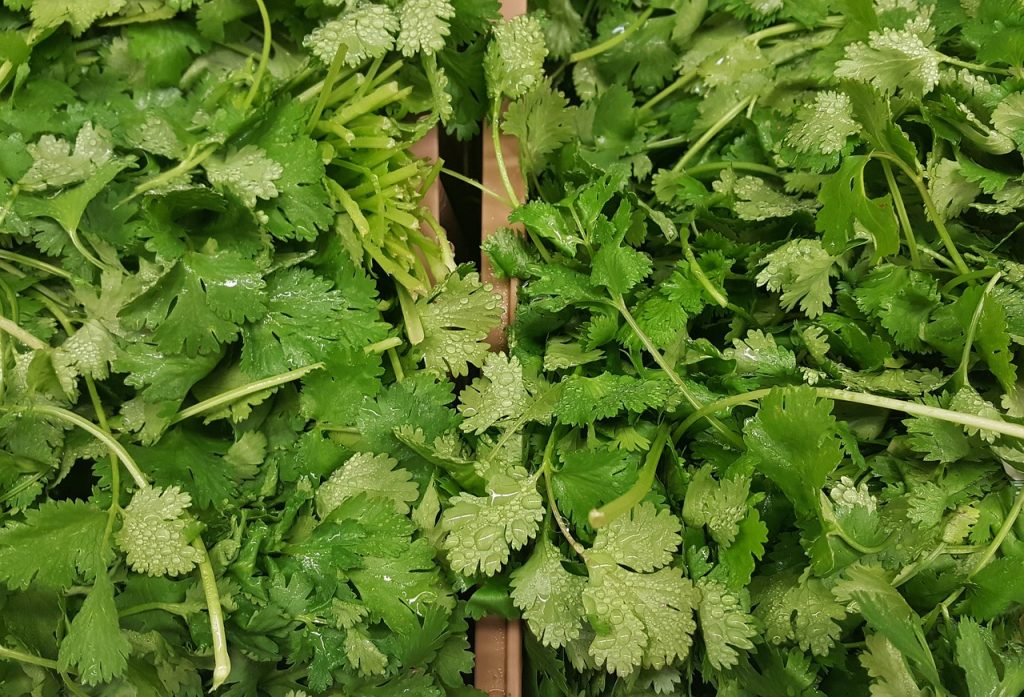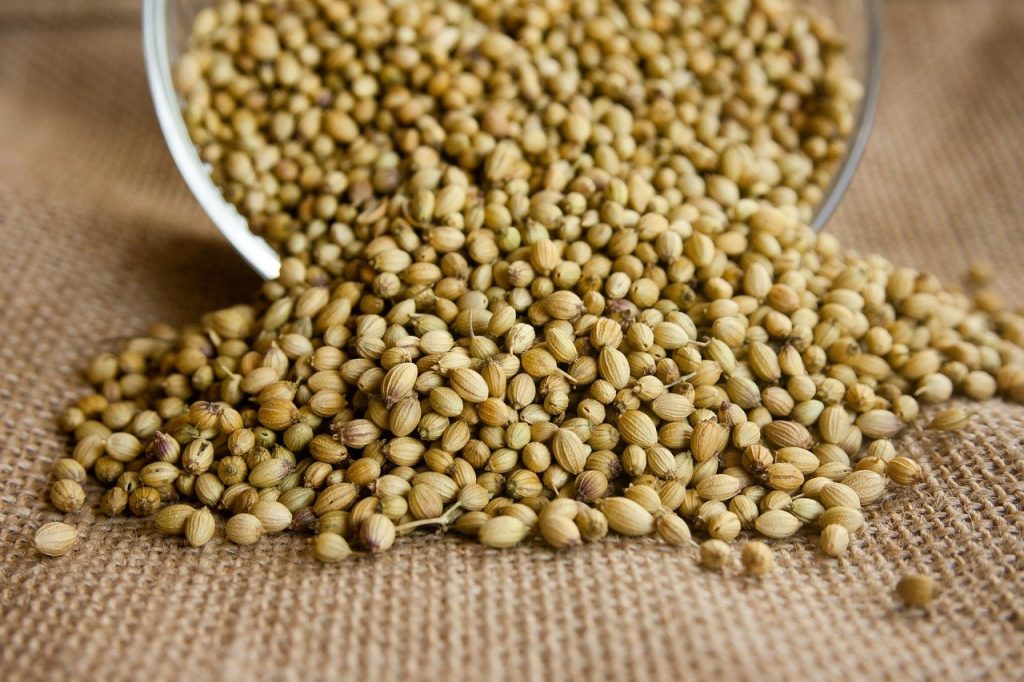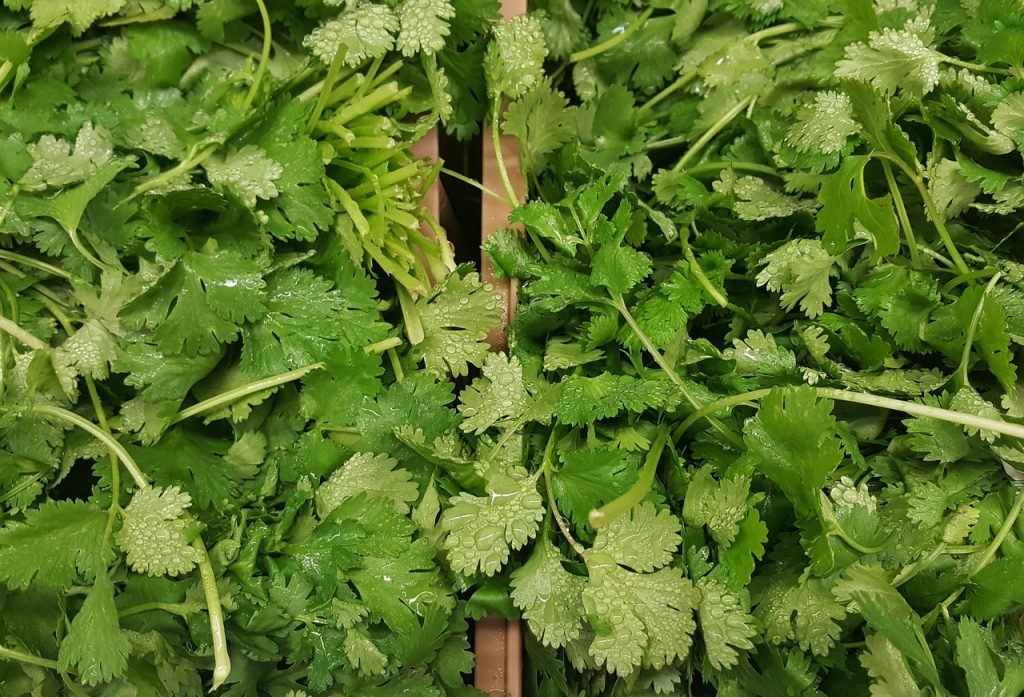Coriander, whose roots, fruits, and fresh, fresh green leaves have long been consumed by mankind as a spice and herb found in almost every part of the world.
It’s also true that is one of the freshest herbs that’s dividing the people: there’s someone who loves it while others hate it, even though it’s worth trying!
Coriander, scientifically known as coriandrum sativum, belongs botanically to the same family as celery. The plant, which loves a sunny, warm climate, may have been native to the Mediterranean coast, where it came from. As for its name, several are derived from the Greek word “koris”, which literally means a bug, at least this is one theory.
Archaeological research proves that it may have been a popular spice and herb since ancient times – it was endowed with many magical properties in the great river and Mediterranean civilizations, which of course is true of the cultures of the Far East.
BC Around 5000, the plant must have been widely used, but earlier finds of coriander have remained. It was also grown in the garden of II. Marduk-apla-iddina, the ruler of Babylon, in the 8th century. Its seeds were found during the excavation of the tomb of the legendary Egyptian pharaoh Tutankhamun. It was known and used by the ancient Greeks and, of course, the Romans, as well as by the Chinese (finds from 400 BC ).
Roman legionaries introduced the plant to the population of the northernmost parts of Europe and began to take root in the continent relatively early, during the first millennium. In the last third of the 17th century, it was already grown in North America. The coriander is widespread in the world, is particularly important for its culinary use in Indian, Central, and American cuisines, and plays an important role in the food culture of Russia, North Africa, and, of course, many European countries.
Coriander: a wide range of uses
The name coriander applies equally to all usable parts of the plant, yet the leaf and fruit are very different. There are also big differences in taste, smell, and use. If you are new to this plant, it’s good to know that the fruit has a completely different taste than fresh leaves!
There are many ways to get into the kitchen, the use of the seed in European cuisines, the leaf in Asian and South American countries, and in some places the root plays a bigger role.
The innumerable healing properties of coriander, which has a strong aroma and a high content of essential oils, are increasingly appreciated by medicine and natural medicine. Among other things, it has a cholesterol-lowering and antihypertensive effect. It is just as effective in treating urinary tract infections as it is in relieving menstrual complaints and even restoring hormonal fluctuations. Vitamin C, magnesium, and iron found in fresh plants are utilized very quickly and well in the body. Its cleansing role, which is extremely effective for either fungal infections or colds, cannot be overemphasized. Its natural compounds (including cineole, linalool, geraniol, borneol, limonel, dodecenal) have antibacterial, cleansing, immune-boosting effects – there are studies that mention coriander as the most effective natural agent with antibacterial properties.
The Coriander root
Coriander root is usually very aromatic, reminiscent of slender, gnarled parsley root. This is why it is part of many Asian recipes for sauces, marinades or just curry paste. Coriander root is an important ingredient in green curry paste, which is also available in Asian spice shops.
In addition to cleaned and chopped coriander root, garlic, chili, and, of course, salt and coriander green are most often associated with Asian spices as an additional spice. It depends on the use, whether it is shredded or creamed. It can be a seasoning for meat, fish, but also a single dish with vegetables.

The Coriander green
Coriander green looks similar to parsley but smells quite different. Its special, slightly lemon, yet deep, unmistakable aromas make it special. This taste effect is liked or rejected by many – there is also an English language website where anyone can express their opposition to coriander greens, and some researchers believe that liking or rejecting coriander greens is a genetic trait. Who knows? It is certain that the camp of the fans is not small either. Getting to know the special flavors in a sense always presupposes a kind of openness and curiosity – our tastes change over the years, so it’s definitely worth experimenting with!
The use of fresh coriander green is also very wide. It can also be added to salads, one-course meals, and sandwich creams. It is important to know that its aromas and vitamin content evaporate quickly, so it is advisable to always add it fresh to the dishes at the end of cooking.
Without coriander green, Thai cuisine is unthinkable, but even an infinite variety of Indian curries are often given fullness by this herb, and we can’t miss most of the exotic Mexican or even Brazilian dishes for us.
Nor should it be overlooked that coriander green has a very special cleansing effect on the body. Contains chemical compounds that have a strong detoxifying effect. Especially heavy metal deposits and mercury poisoning can be effectively treated with its consumption, but it is also a well-known natural help against bloating and an unpleasant feeling of fullness.
It is associated with a number of spices in Middle Eastern and Asian cuisines, including mint and cumin, with which it harmonizes particularly well.

The Coriander seeds
The round, mustard-seed-like fruit of coriander is called coriander seed. Its flavors and aromas are quite different from those of fresh leaves or roots. The almost colorless oil, which is pressed from it with a slightly citrusy aroma reminiscent of nuts, is a great seasoning for salads and vegetable dishes, but can also be used to make desserts. It has long played an important role in folk medicine due to its antibacterial properties. It is also used to treat rheumatic complaints, to treat internal infections, and to treat colds.
Coriander seeds are one of the basic spices in Indian cuisine and form the basis of many notable spice blends (e.g. curry powder, garam masala). It is best to grind coriander seeds fresh before use to retain their valuable aromas. Often, freshly ground seeds are fried in an oil-free pan along with cumin – a majestic combination often found in not only Asian but also Middle Eastern cuisines.
The whole coriander seed is a common ingredient in our pickles for the winter, but it is also becoming more and more popular as a bread spice. You can season poultry or pork roasts with coriander seeds, grind various sauces (even simple bechamel or tomato sauce), soups, vegetables, grilled vegetables, meat, and fish.
Due to its digestive aid, coriander seeds are worth snacking on after a rich spicy meal, and it even refreshes the breath.

When to buy Coriander?
From spring to autumn
How to store Coriander?
In the refrigerator, wrapped in foil, it retains its freshness for a few days
Last updated: September 24, 2023



Comments are closed.